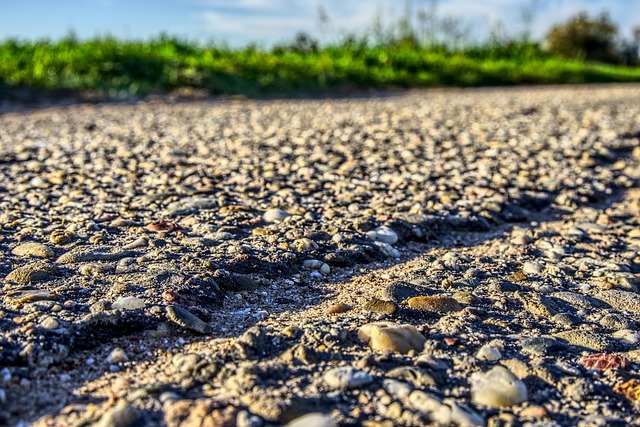As the world grapples with the increasing intensity and frequency of extreme weather events, the conversation around climate resilience has never been more crucial. Enter Green banks—innovative financial institutions dedicated to combating climate change by funding environmentally sustainable projects. These organizations represent a pivotal shift towards more sustainable economic practices, promoting resilience at local and global levels.
Green banks are designed to bridge the gap between public funding and private investment, creating a more accessible path for financing renewable energy, energy efficiency, and other green initiatives. They empower communities to take actionable steps towards enhancing their environmental resilience. This is especially vital as more communities find themselves at the mercy of wildfires, floods, and hurricanes, events that are becoming disturbingly commonplace in our rapidly changing climate.
In the face of such adversity, many regions are discovering that investing in eco-friendly infrastructure not only mitigates the impact of these disasters but also positions them for economic recovery. For example, a community devastated by a hurricane can rebuild with sustainable materials and technologies, ensuring that their homes and businesses are better equipped to withstand future storms. This shift in mindset hinges significantly on the support that Green banks can provide, as they play a crucial role in facilitating funding for projects that prioritize both environmental integrity and community resilience.
Moreover, Green banks focus on creating jobs in the green sector, providing employment opportunities in energy efficiency, solar installation, and sustainable agriculture. As communities face the dual challenges of rising unemployment and intensifying climate threats, these financial entities contribute to a more robust and adaptive workforce. Each dollar invested in green jobs can generate numerous economic benefits, giving individuals and families the means to thrive amid shifting climatic realities.
The strategies employed by Green banks vary widely but often include offering low-interest loans, grants, and other financial incentives that encourage the adoption of renewable technologies by businesses and homeowners. This holistic approach allows for tailored solutions that address specific community needs while simultaneously working towards the global goal of reducing carbon emissions and promoting sustainability.
In many cities across the United States and beyond, Green banks have demonstrated the effectiveness of a collaborative model involving governmental bodies, community organizations, and private investors. By aligning these diverse stakeholders towards a common goal, Green banks forge partnerships that can produce meaningful change. This united front is essential as we fight against the rising tides of climate change and strive to create a future where our environments are protected and preserved.
It’s essential to recognize that while the road towards sustainable resilience may be fraught with challenges, the commitment displayed by Green banks offers hope. As they navigate the stormy seas of economic uncertainty and climate distress, these institutions exemplify how proactive and targeted financial strategies can lead to innovative solutions. Each investment in green infrastructure is not just a financial decision; it’s a commitment to the planet and future generations, ensuring that we can weather whatever storms lie ahead.
As we engage in discussions about climate change and extreme weather, let us look towards Green banks as beacons of progress. Their work transcends mere financial transactions; they are building the foundations of a resilient future for both people and the planet. By prioritizing sustainability today, we are not only ensuring a livable environment for tomorrow but also fostering a sense of community and hope as we face the challenges that lay ahead.




